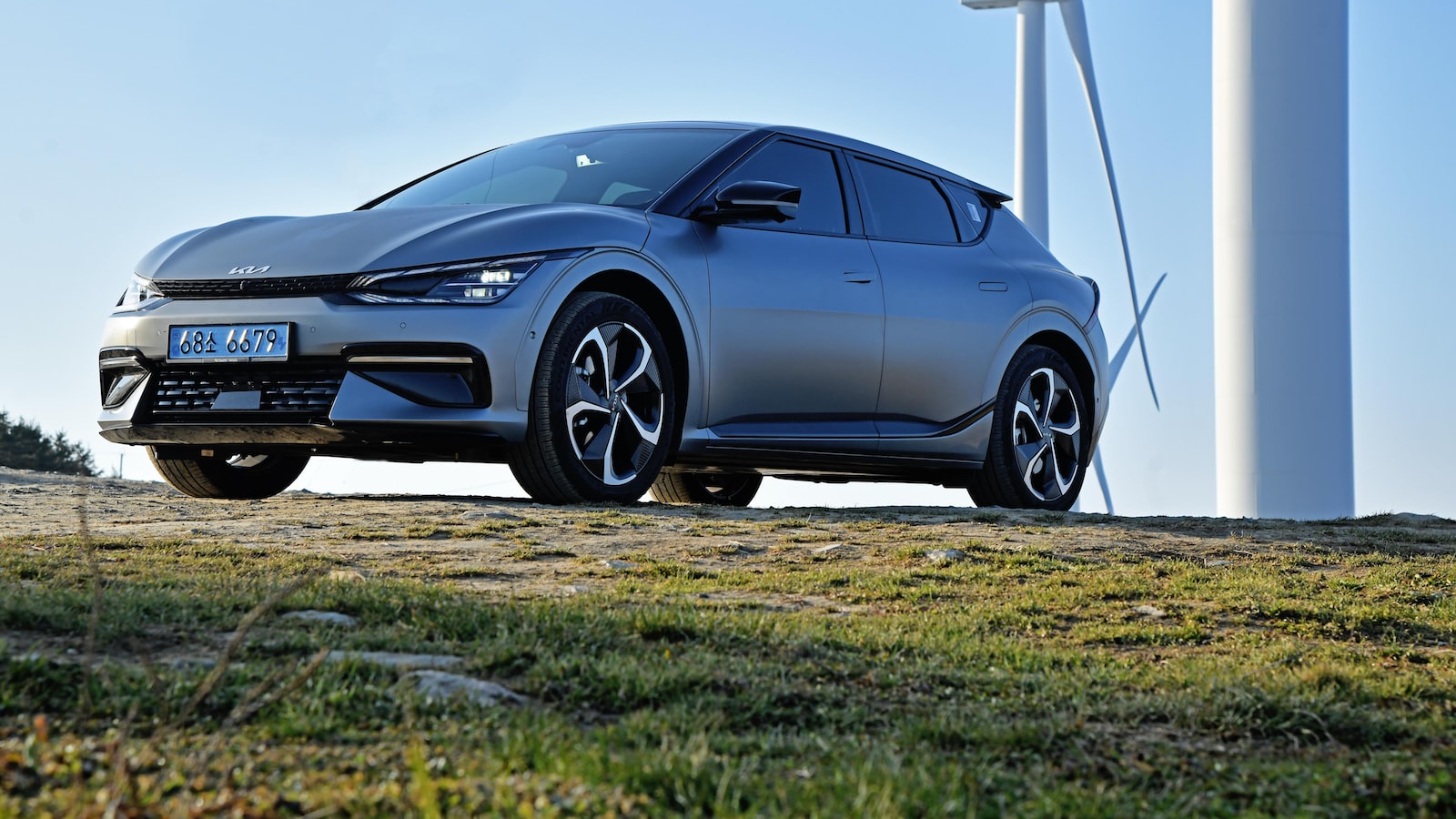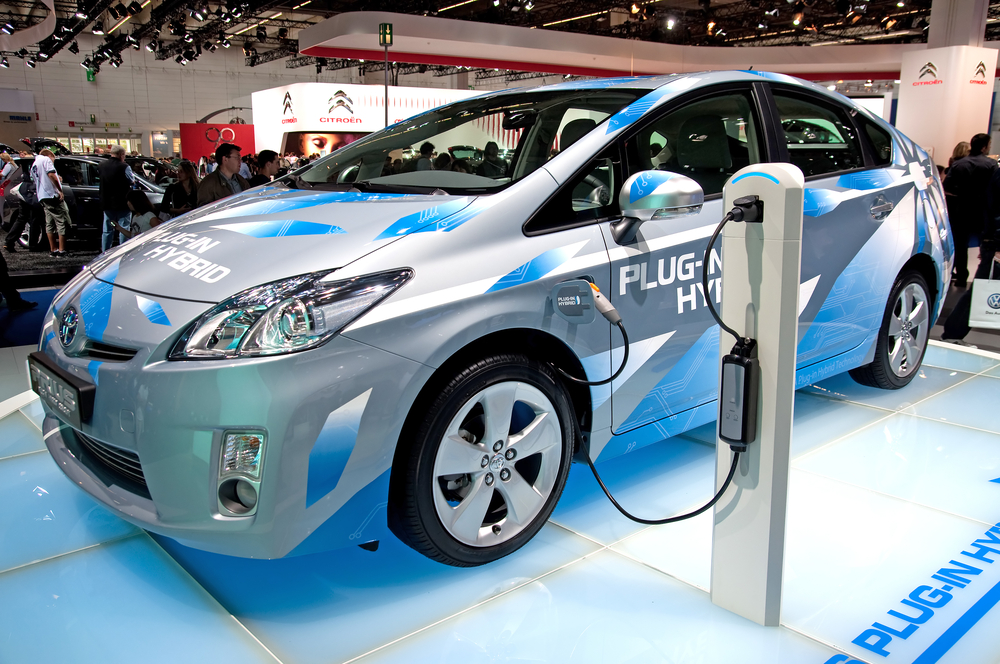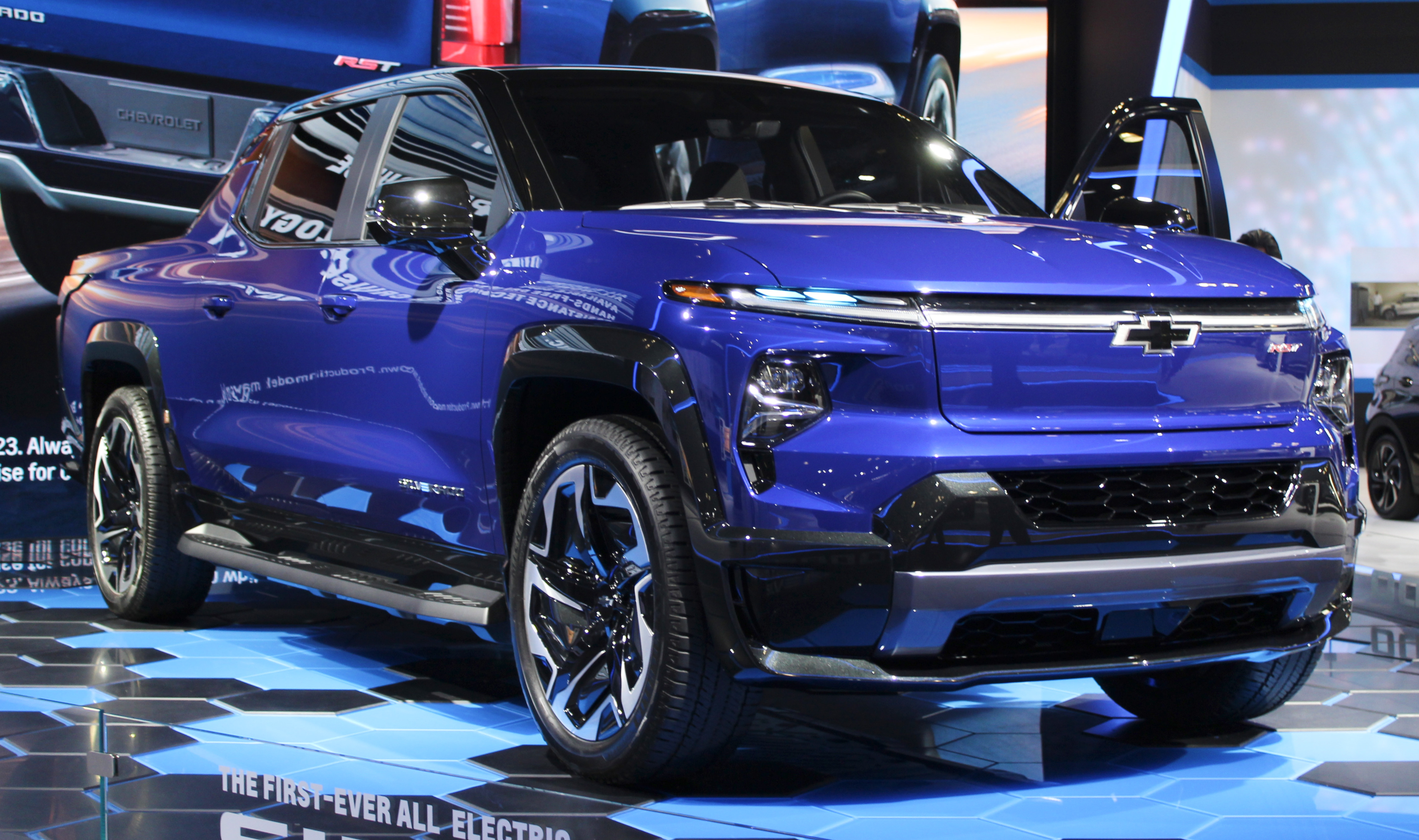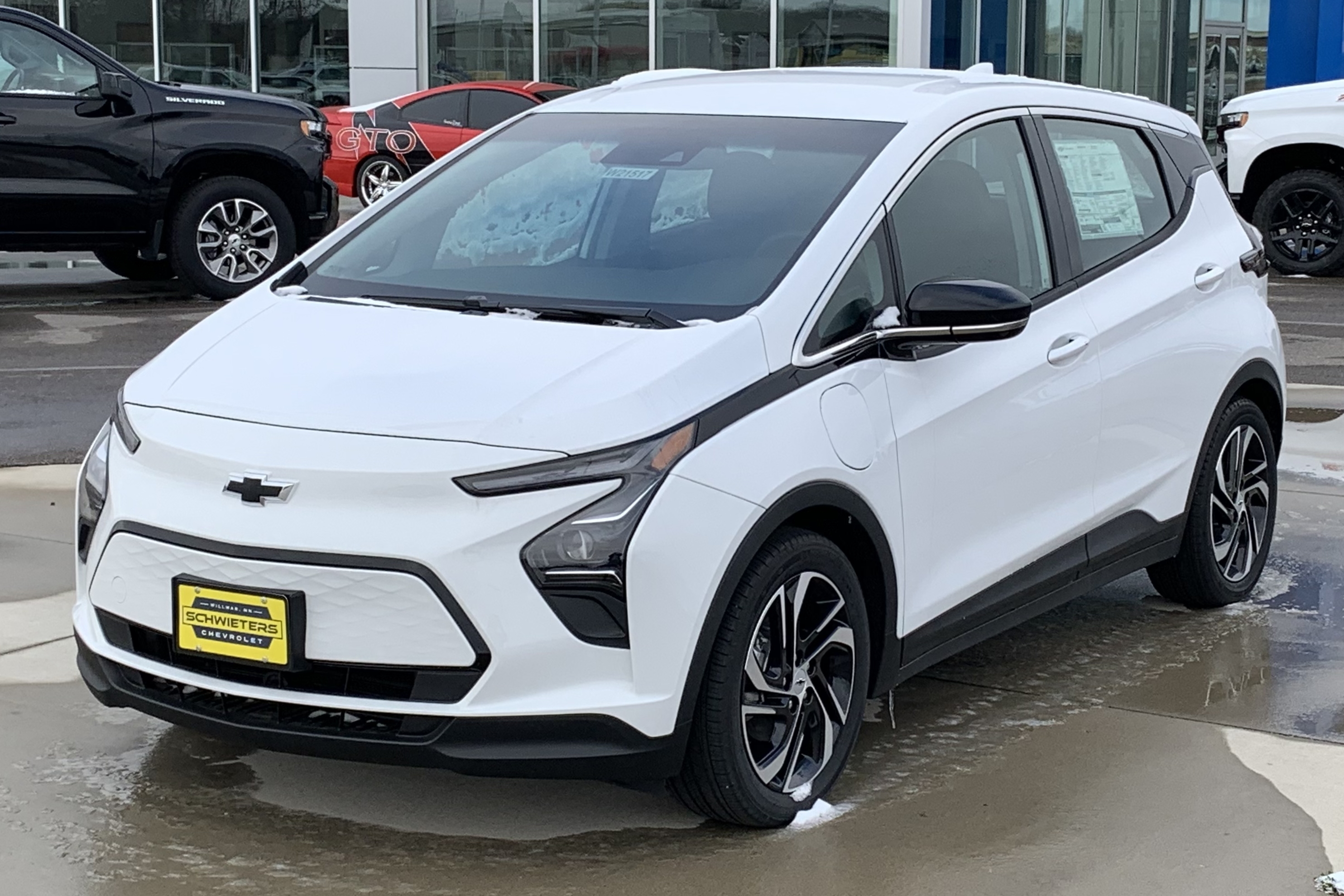Unveiling the silent revolution taking place in the realm of public transportation, the advent of electric buses has captured the imagination of sustainability enthusiasts worldwide. As these emission-free marvels glide through the city streets, their whisper-quiet propulsion is matched only by their extraordinary efficiency. Yet, beyond the hushed marvels of electric buses lies an unsung hero that binds their inner workings and ensures their indomitable performance – the meticulously designed and durable EV busbar.
Harnessing electricity to power these eco-friendly marvels, EV busbars stand as the unassuming backbone of electric bus architectures, keeping the currents flowing seamlessly. Enclosed within sleekly designed encasements, hidden from plain sight but steadfastly at the heart of these electric vehicles, busbars fuse together the worlds of power and efficiency. As electric bus technology continues to advance, the significance of EV busbar durability cannot be understated, as it directly affects the long-term sustainability and reliability of this rapidly evolving transportation landscape.
In this article, we delve into the depths of the EV busbar realm, exploring the intricacies of their design, the innovation driving their development, and the crucial role they play in ensuring the longevity and unwavering performance of electric buses. Discover the hidden stories of resilience and endurance as we unveil the secrets behind the durability of EV busbars, unravelling the complex web woven beneath the surface of sustainable urban mobility. Join us on this electrifying journey as we shine a spotlight on the unsung hero that fortifies the electric bus revolution, showcasing the unparalleled durability of EV busbars that keeps this sustainable vision on track for a greener tomorrow.
Table of Contents
- Understanding the Importance of EV Busbar Durability
- Examining the Factors Affecting EV Busbar Performance and Longevity
- Recommendations for Enhancing EV Busbar Durability
- Ensuring Long-lasting EV Busbars through Efficient Maintenance Practices
- Q&A
- Key Takeaways

Understanding the Importance of EV Busbar Durability
When it comes to electric vehicles (EVs), the world is still adapting to the rapid advancements in technology. One crucial component that is often overlooked but plays a significant role in the performance and safety of EVs is the busbar. The durability of the EV busbar is paramount in ensuring the efficient flow of electricity and the overall longevity of the vehicle.
Enhanced Electric Performance: EV busbars are designed to handle high amounts of current, with durability being the key factor. A robust busbar ensures optimal electrical conductivity, reducing power loss, and creating a more efficient energy transfer. By maintaining the integrity of the electrical system, EV busbars enable maximum performance, guaranteeing an exhilarating driving experience.
Increased Safety: Safety is non-negotiable in any form of transportation, and electric vehicles are no exception. The durability of EV busbars plays a vital role in minimizing the risks associated with electrical failures or short circuits. A sturdy busbar can withstand heavy vibrations, extreme temperatures, and harsh conditions, providing a reliable connection between the power source and the numerous components of the EV system. By ensuring the busbars remain resilient, manufacturers are prioritizing the safety of both the driver and passengers.

Examining the Factors Affecting EV Busbar Performance and Longevity
When it comes to electric vehicle (EV) technology, one crucial element that often goes unnoticed is the busbar. Found within the EV’s power distribution system, the busbar plays a vital role in ensuring efficient power transmission and overall performance. Understanding the factors that affect EV busbar performance and longevity is essential for optimizing the vehicle’s functionality and extending its lifespan.
Material Selection: The choice of materials for the busbar greatly influences its performance and longevity. Copper has traditionally been the go-to material due to its excellent electrical conductivity, thermal properties, and durability. However, advancements have led to the introduction of alternative materials such as aluminum, which offers lighter weight and lower cost benefits. Examining and comparing the properties of different materials is crucial in selecting the ideal option for specific EV applications.
Temperature Management: Temperature control is a critical aspect of maintaining optimal busbar performance and longevity. Excessive heat can negatively impact the electrical conductivity of the busbar, leading to inefficiencies and potential failures. Implementing proper cooling and thermal management systems is necessary to mitigate temperature-related issues. Technologies like liquid cooling and heat sinks help to dissipate heat effectively, ensuring the busbar operates within its desired temperature range, thereby optimizing performance and extending its overall lifespan.

Recommendations for Enhancing EV Busbar Durability
As electric vehicles (EVs) become increasingly popular, it is important to focus on improving various components to ensure their long-term durability. The busbar, a critical part of the EV’s electrical system, plays a vital role in transferring power from the battery to different components within the vehicle. To enhance the durability of EV busbars, the following recommendations should be considered:
1. Material Selection:
- Choose high-quality conductive materials such as copper or aluminum for their excellent electrical conductivity and thermal stability.
- Investigate advanced composite materials that offer improved resistance to corrosion and mechanical stress.
2. Enhanced Cooling:
- Implement an efficient cooling system to mitigate overheating issues that can degrade the busbar’s performance over time.
- Consider incorporating liquid cooling technologies or advanced heat sinks to promote optimal temperature regulation.
By paying careful attention to material selection and incorporating enhanced cooling mechanisms, EV manufacturers can significantly enhance the durability of the busbars in their vehicles. These recommendations not only maximize the efficiency and reliability of EVs but also contribute to their long-term sustainability. Prioritizing the durability of busbars ensures that EV owners can enjoy a seamless driving experience with minimal maintenance requirements.

Ensuring Long-lasting EV Busbars through Efficient Maintenance Practices
When it comes to electric vehicle (EV) busbars, proper maintenance practices are key to not only ensuring their seamless performance but also extending their lifespan. These high-capacity electrical conductors play a crucial role in delivering power from the battery to various components within an EV. To keep them in optimal condition and maximize their durability, there are several maintenance practices you should consider.
Regular Inspections: Conducting routine inspections of your EV busbars is essential. This involves visually examining the busbars for any signs of wear and tear, such as loose connections or physical damage. Additionally, thermal imaging can be used to detect potential hot spots, ensuring early detection of any potential issues. By catching problems early on, you can prevent major damage and avoid costly repairs.
- Keep Busbars Clean: Dirt, dust, and other contaminants can impair the performance of your EV busbars. Regularly cleaning them with a non-conductive cleaning agent and a soft cloth helps prevent buildup and maintain optimal conductivity.
- Tighten Connections: Over time, vibrations and thermal expansion can cause connections between the busbars and other components to loosen. Make it a practice to periodically check and tighten all connections, ensuring a secure and reliable electrical pathway.
- Monitor Temperature: Monitoring the temperature of your EV busbars is crucial, as excessive heat can degrade their performance and lifespan. Utilize temperature sensors or thermal monitoring systems to keep track of temperature fluctuations and take necessary actions to ensure they remain within recommended levels.
By incorporating efficient maintenance practices like regular inspections, cleaning, tightening connections, and monitoring temperature, you can significantly prolong the lifespan of your EV busbars. Remember, a well-maintained electrical system is not only more reliable but also contributes to the overall efficiency and longevity of your electric vehicles.
Q&A
Q: What is EV busbar durability, and why is it important in electric vehicles?
A: EV busbar durability refers to the ability of the busbar, a critical component in electric vehicles, to withstand the stresses and strains of daily operations over an extended period. It is crucial because the reliability and longevity of the busbar directly impact the performance and overall lifespan of the electric vehicle.
Q: How does the durability of EV busbars affect the overall performance of an electric vehicle?
A: The durability of EV busbars significantly impacts the overall performance of an electric vehicle. A durable busbar ensures efficient power delivery, minimizing energy losses and optimizing performance. It enhances the charging efficiency, extends the driving range, and reduces the risk of electrical faults or failures.
Q: What are the main factors that contribute to the durability of EV busbars?
A: Several factors contribute to the durability of EV busbars. Firstly, the choice of materials used in manufacturing is crucial. High-quality conductive materials with excellent thermal and electrical conductivity, as well as mechanical strength, are essential. Additionally, the design and construction of the busbar, considering factors like vibration, temperature fluctuations, and electrical loads, play a crucial role in determining its durability.
Q: Are there any specific challenges in maintaining the durability of EV busbars?
A: Yes, there are specific challenges in maintaining the durability of EV busbars. One significant challenge is heat dissipation, as high electrical currents flowing through the busbars generate heat. Managing this heat and preventing overheating is essential to maintain their durability. Another challenge is ensuring proper insulation to prevent short circuits and reduce the risk of damage caused by environmental conditions or vibrations.
Q: How do manufacturers ensure the durability of EV busbars?
A: Manufacturers employ various techniques to ensure the durability of EV busbars. They conduct extensive testing under simulated real-world conditions, such as temperature cycling, humidity, mechanical vibrations, and electrical loads. Advanced material selection, including the integration of cooling systems and protective coatings, is also crucial. Additionally, rigorous quality control measures throughout the manufacturing process help maintain the reliability and durability of busbars.
Q: Can the durability of EV busbars be improved further?
A: Yes, there is always room for improvement when it comes to the durability of EV busbars. Continuous research and development efforts focus on enhancing material properties, exploring innovative designs, and incorporating advanced technologies. For instance, the use of nanomaterials and advanced composites shows promise in improving the mechanical strength, thermal conductivity, and electrical performance of busbars.
Q: What are the potential benefits of improving EV busbar durability?
A: Improving EV busbar durability brings several benefits. Firstly, it ensures safer operation and reduced maintenance costs for electric vehicle owners. Additionally, increased durability leads to enhanced overall vehicle performance, longer battery life, extended driving range, and increased efficiency. Moreover, improved busbar durability contributes to the sustainability of electric vehicles by reducing waste and improving their environmental footprint.
Q: In conclusion, why is focusing on EV busbar durability crucial in the electric vehicle industry?
A: Focusing on EV busbar durability is crucial within the electric vehicle industry to enhance their reliability, safety, and overall performance. As the demand for electric vehicles continues to grow, ensuring the durability of critical components like busbars becomes paramount. By addressing the challenges and continuously improving their durability, manufacturers can contribute to a sustainable and efficient future for electric vehicles.
In Conclusion
As we reach the end of our exploration into the realm of EV busbar durability, we find ourselves awestruck by the sheer resilience and strength of this remarkable engineering marvel. Like a silent superhero, the EV busbar takes center stage in the electrification revolution, providing the backbone that powers our electric vehicles.
Throughout our journey, we have delved into the very fabric of these busbars, discovering their inner workings, and unveiling their extraordinary capabilities. From their humble origins as simple copper or aluminium strips, we witnessed their evolution to highly efficient and reliable conduits of electrical energy.
In this quest for durability, we have encountered a host of challenges faced by the EV busbars, from intense heat to severe vibrations and constant electrical stress. Yet, in the face of these adversities, the busbar has stood strong, emerging victorious with an unmatched resilience that defies imagination.
But it is not just the physical strength that mesmerizes us; it is the ingenuity and innovation behind these busbars that truly leaves us in awe. Engineers and scientists tirelessly work to enhance their durability by exploring novel materials, intricate geometries, and modern manufacturing techniques. The result? EV busbars that endure the test of time, ensuring a smooth and uninterrupted flow of power for the electric vehicles of our future.
Yet, amidst all this admiration, we must not forget the complexity and challenges that lie ahead. As electric vehicles continue to surge in popularity, the demands on busbar durability will only intensify. Innovations on the horizon, such as ultra-high voltage systems and rapid charging capabilities, pose new questions and hurdles. It is a constant evolution, a race against time to keep up with the ever-increasing demands of the electrified world.
So, as we bid farewell to this discussion of EV busbar durability, we do so with a sense of wonderment and excitement. The journey of these unassuming metal strips, carefully crafted and masterfully engineered, mirror the journey of progress and innovation itself. With every step forward, the EV busbar becomes stronger, more enduring, and an integral part of a sustainable and electrified future.
As we part ways, we invite you to continue exploring this fascinating world of electric vehicle technology. In the realm of EV busbar durability, the only certainty we have is that the journey is far from over. So, buckle up and let the electrification revolution take us to new and unimaginable frontiers, powered by the silent strength of these unsung heroes – the EV busbars.

